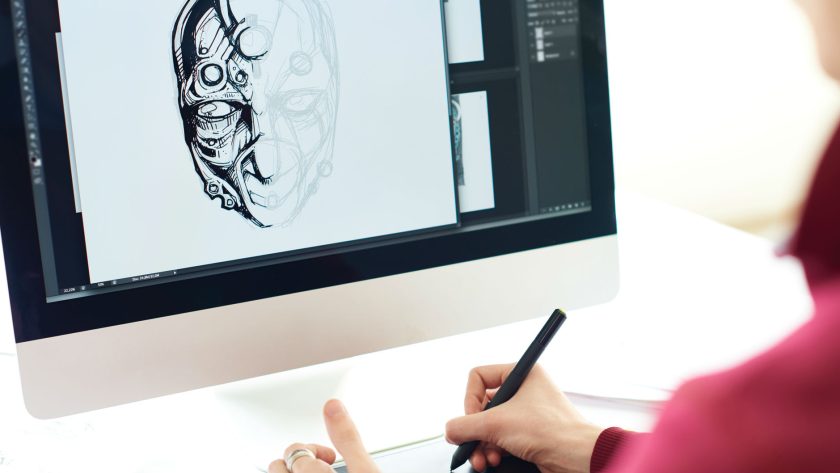It is important to plan your project when making 2D animation or motion graphics.To make things easy, start by writing a storyboard that shows the main scenes, transitions and the general flow of the animation. It doesn’t have to be complicated: sketch how you see it.
Then, you will have to create all your artwork and assets. For instance, raster or bitmap images are among the available formats, while vector graphics are also present. Images use pixels and allow for detailed paintings or drawings, but they can lose quality when scaled. On the other hand, vector images are created using mathematically defined points and curves, allowing scaling without loss of detail. 2d animation and motion graphics starts after assets and artwork are completed together with shot sequencing.
When modifying these principles, one should recall timing, spacing between elements of movement, and exaggeration of that movement each of them leads to more realistic motions that have more effect on eyesight. Also, plan how you will transition from one scene to another, enter/exit characters or even change music/timing if possible .To ensure consistency in motion over time, use the onion skinning feature, which shows previous frames. Now it’s time to composite and add the visual effects layers that bring scenes to life.
In this step, different elements in this digital composition, such as background artwork, animated assets, visual effects like smoke or explosions, lighting, camera movements, etc., are blended in shots that make up the story. Chroma key for isolating subjects and substitutions for the background, as well as generated textures, blurs to direct focus, glows and flares, dynamic particle effects, and camera zooms/pans are a few of the critical products.

Alongside separate layers of characters, props, backgrounds, etc., it’s necessary to build flexibility into your structure by arranging these elements sequentially in timelines to allow you to rework them later without affecting other parts. Scene sequences can be iterated until the desired timing, motion, and composition. Finally, you separate form from color and timing; your final look is under control.
The final step is rendering the whole thing into one video file output, including all transitions, special effects, color corrections, shadows, light among others.It will also encompass codec compression selection image sequencing options that facilitate final output quality and resolution settings for their intended distribution platforms.
Summary
Master 2D animation foundations like squash and stretch, anticipation, follow through, and overlapping action, then dive into stylizations, exaggerated shapes, varied line weights, pulsing colors, dynamic angles, and kinetic compositions that immerse viewers into another world.





